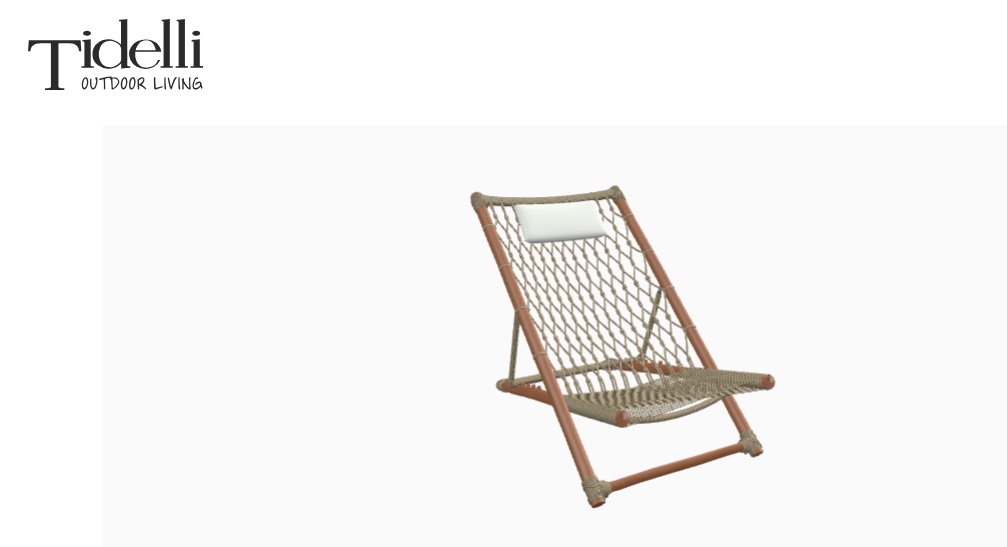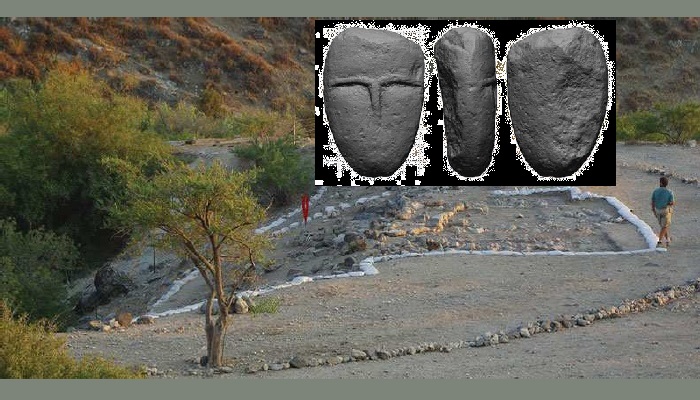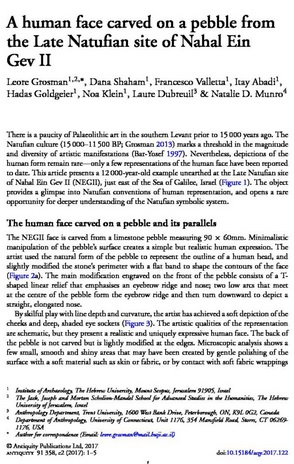Caraiva: Inspired by Caraiva, a charming Bahian village by the Brazilian sea
Simplicity and rusticity converge at the Caraiva line. This line is composed of a recliner, a lounger, a bench, and an armchair. Simplicity and rusticity converge with the Caraiva line using variations of woven wood. The pieces have a wooden and aluminum structure with a rope finish and are meant to capture the feeling of ‘feet in the sand’ and the pleasure of enjoying the best of outdoor life.
Drop: Inspired by the most important natural resource on the planet, water
The Drop Line consists of a swing chair; and has rounded shapes complemented by modern patterns of nautical rope on the sides, base, and top. Different from the Caraiva line, the Drop line uses an aluminum structure along with an upholstered seat and back. The Drop line emphasizes comfort by utilizing upholstered cushions, while giving a sense of peace with inspiration from the sea.
The Drop Line
Round: Projects gain new possibilities with the Round line
The Round line consists of two dining table models: square and rectangular in two sizes. The top is made out of stone or wood and the base is covered in nautical rope.
The Round Line
Sahara: Inspired by the dunes’ movements in the Sahara desert.
The product pieces have an elegant design with rounded corners and a feature that adds lightness for both indoor and outdoor areas. The Sahara line includes a sofa, a chair with backrest and back support, four main modules, two side modules, and a corner module.
The Sahara Line
Shell: Inspired by the design of the seashells
The delicate design of seashells was the starting point for creating the rounded chair designs in nautical rope for this line. The pieces include an armchair, a loveseat, and a chair – all have an upholstered seat, rope finish, wooden legs, and an aluminum structure.
The Shell Line
Split: Versatility is the strong point of the Split line
The Split line consists of seven sophisticated yet versatile modules that allow the building of different composition designs in multiple varieties of styles and sizes.
The Split
For the Silo, Claudia Safavi.



